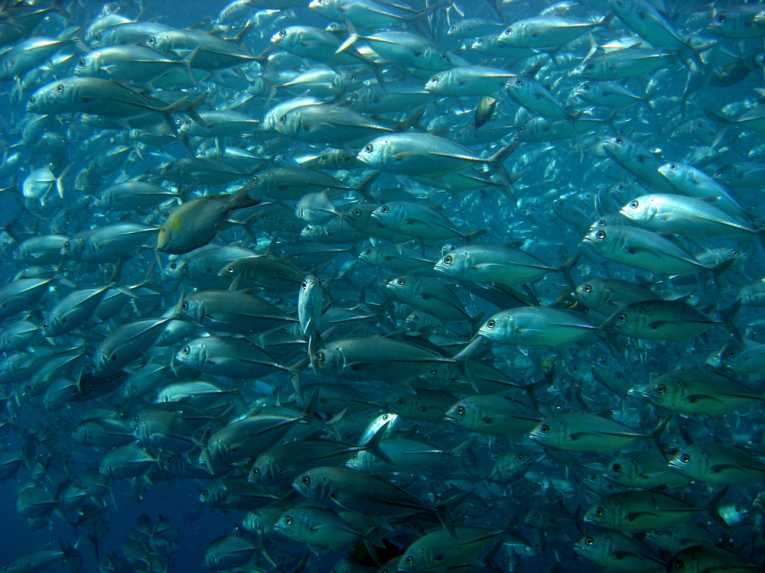It's the 'other CO2 problem', global warming's little brother, and ocean acidification could be even more damaging than had previously been thought according to new research on how fish are affected. As the amount of carbon dioxide in the atmosphere rises, more of it is dissolved into the sea, forming carbonic acid, making the sea more acidic.
While negative effects have been recorded for many simple marine creatures - coral reefs, shellfish, urchins and plankton for example - no research had shown that fish were damaged, until now.
Research published in Nature Climate Change by a team from Stony Brook University in New York dismisses the so-called 'fish are OK' theory.
According to the new research, the belief that fish were relatively unaffected by more acidic oceans ignored the effect of CO2 on fish larvae and even eggs.
Christopher Gobler and Hannes Baumann, both professors at the Stony Brook University School of Marine and Atmospheric Science (SoMAS) studied how higher concentrations of CO2 impacted on the eggs of the inland silverside - a common river estuary fish.
Gobler and Baumann examined levels of CO2 concentration which are predicted for later this century. At the moment the level is 400 parts per cubic metre (ppm3), which is expected to rise to 600ppm3 by the middle of the century and 1,000ppm3 by the 2200.
They found a terrible toll. Eggs and larvae of the inland silverside were very sensitive to rises in CO2 levels and at the levels predicted for the end of the century, CO2 was killing 70% of the fish within a week of their hatching. Those larvae that did survive were significantly smaller than under current conditions.
"We knew from the study of other ocean animals, such as scallops and clams, that earliest life stages such as larvae are most sensitive to CO2 and thus targeted the same life stage during our investigation of fish," said Professor Gobler.
Brad Warren, Science Director of Sustainable Fisheries Partnerships warned of the possible damage to the fishing industry.
He said: "This study is a shot across the bow and shows that some important fish stocks may be eroded by high CO2 levels. And keep in mind, as estuarine fish, inland silversides are likely to be adapted to higher levels of CO2 than many fish found in the open ocean, where chemistry is much more stable. This suggests that many commercially harvested marine fish stocks may be vulnerable too. Pelagic spawners, such as albacore, bigeye, yellowfin, and bluefin tuna, whose larvae are not adapted to acidified waters, could be particularly vulnerable."
The researchers now intend to carry out more research across a range of fish species.










